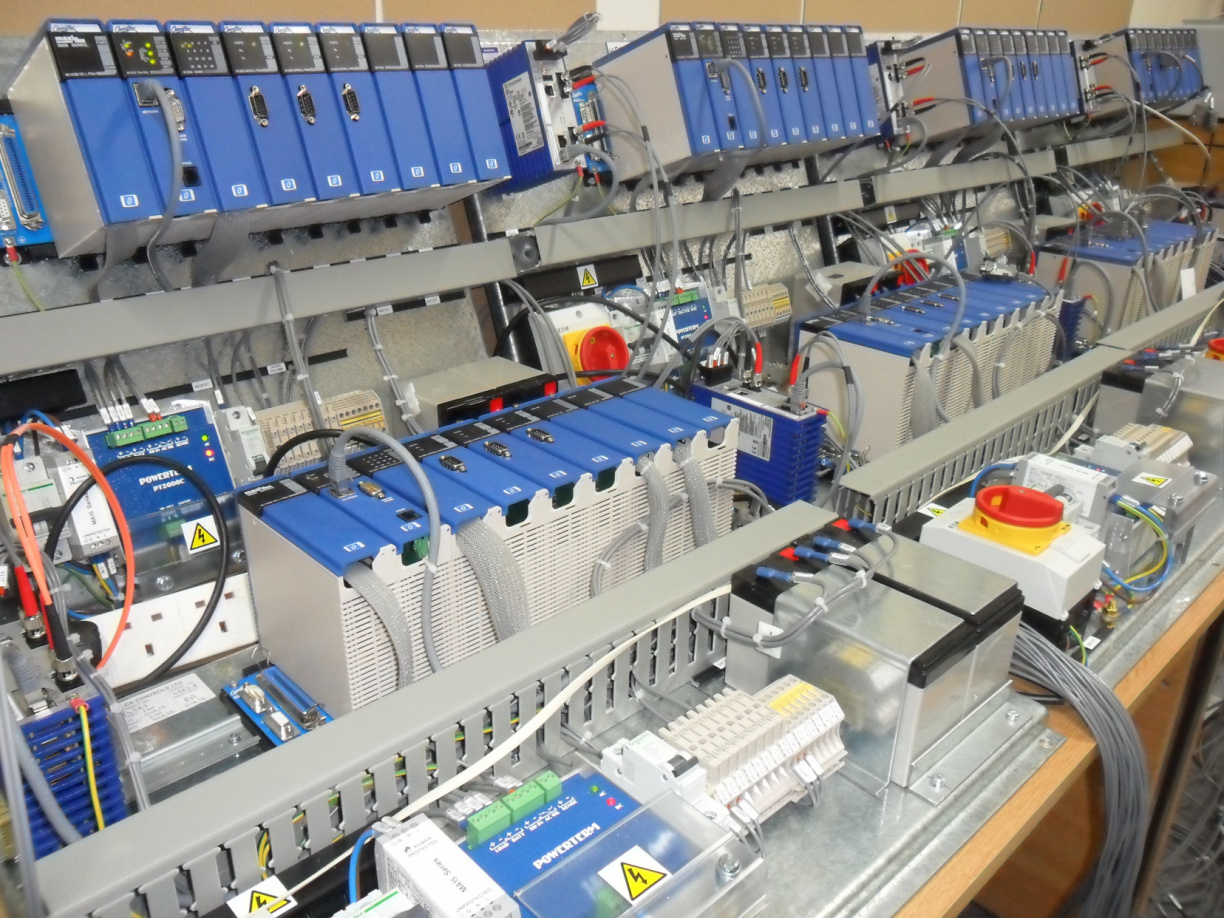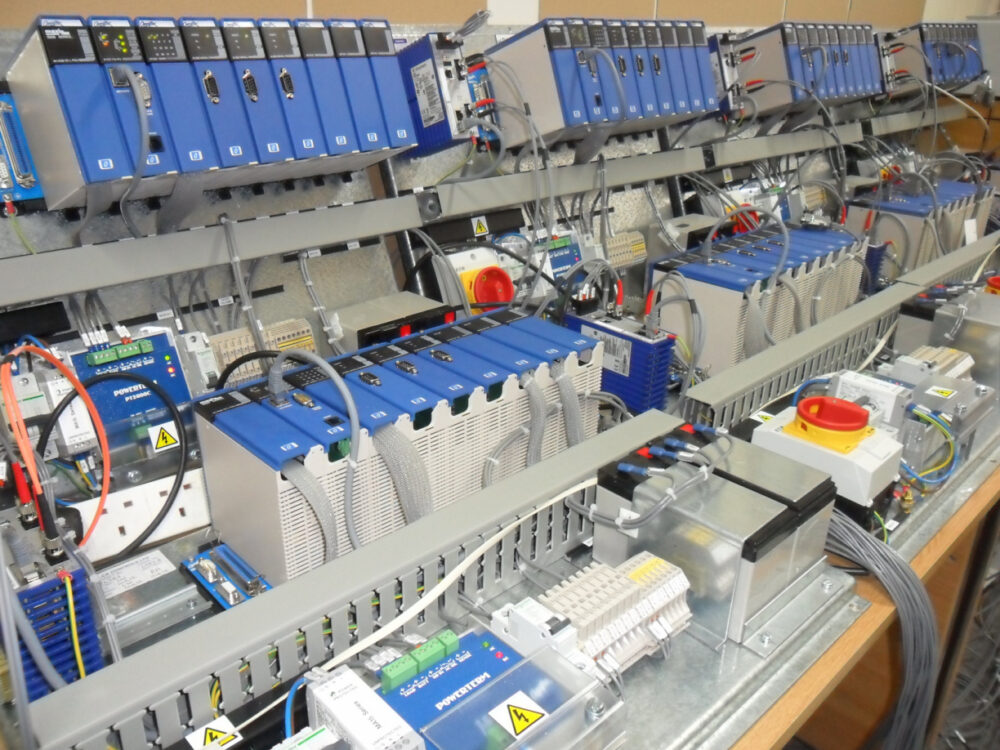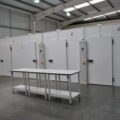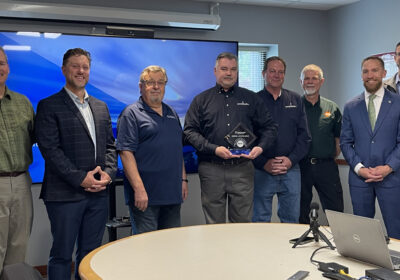~ Overcoming environmental and logistical challenges associated with managing remote infrastructure and maintaining system uptime ~
For power grids, water supply networks and many industrial facilities, managing infrastructure in remote locations is a significant challenge as it is virtually impossible to maintain regular in-person oversight. The answer lies in remote monitoring, but it is important that any instrumentation used for this is right for the environment it is deployed in, or efforts will be wasted. Here Gary Bradshaw, director of remote monitoring specialist Omniflex, discusses the requirements for remote monitoring equipment deployed in remote and harsh environments and shares an example from the company’s work with a South African electricity supply company.
Remote locations pose unique challenges for monitoring equipment for several key reasons. First, they are often exposed to harsh environments, such as heat, moisture, dust and electrical storms, all of which can damage electrical equipment. This is made worse as maintenance capabilities are often limited, and getting a technician out to look at the equipment is logistically challenging because of the locations, time and costs involved.
Furthermore, there is generally no access to mains electricity in these environments, so systems typically run on batteries or, where possible, solar. This means that energy management must be considered to maintain system availability, including replacement batteries so they can be replaced before outages cause downtime.
Finally, maintaining reliable data links and system connectivity is particularly challenging. Cell signals are often unavailable in remote locations and accessing them using traditional wired infrastructure is impractical due to the prohibitive installation costs. The only real options in these scenarios are radio and satellite.
Underlying all these obstacles is a broader challenge of system longevity. Many industrial monitoring products come with a baked-in obsolescence cycle that force system replacements every decade, sometimes sooner.
For installations in remote and dangerous locations, this is not practical as sending engineers out to regularly replace equipment presents all the same challenges as in-person monitoring and equipment maintenance in terms of cost and risk. For these systems, remote monitoring equipment should ideally maintain full serviceability and compatibility for decades to minimise the need to dispatch engineers and technicians.
Pole-mounted RTUs for Eskom
In the early 1990s, South African electricity supply authority Eskom was struggling to cope with the challenges of managing remote installations, such as 11kV and 22kV distribution lines running through some of the country’s most remote terrain. During storms, lightning strikes and falling tree branches regularly tripped the lines auto-reclosers and sectionalisers, causing service outages.
Restoring service required engineers to travel long distances, often in the middle of the night and in treacherous conditions, to investigate faults and manually reset devices. Fault reporting was often delayed too as many of the regions had poor telecommunications infrastructure.
To overcome these challenges, Eskom engaged Omniflex to provide them with remote monitoring instrumentation that could be used to monitor installations from a centralised control room 24/7. Omniflex provided a solution in the form of pole-mounted Maxiflex remote terminal units (RTUs).
Maxiflex is a modular product that can be configured to suit a wide range of applications and its hot-swappable I/O modules enable maintenance without powering down the system, minimising any associated downtime.
The Maxiflex pole-mounted RTUs were mounted directly on power line poles alongside switching devices and interfaced to a central control centre over unlicensed radio bands for secure 24/7 monitoring. This solution allowed operators to receive real-time fault alerts and enabled them to remotely isolate line sections or reset devices without dispatching engineers.

The Eskom project was one of the first projects where the Maxiflex product was deployed and, since then, it has gone on to be used across a wide variety of critical infrastructure applications worldwide. These typically include radiation monitoring at most UK nuclear sites to utility metering, real time sequence of events monitoring and alarm annunciation projects in industries including nuclear, petrochemical, oil and gas.
To find out more about Omniflex’s remote monitoring solutions, read its guide to remote monitoring whitepaper on its website.







